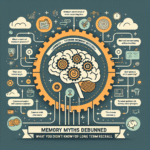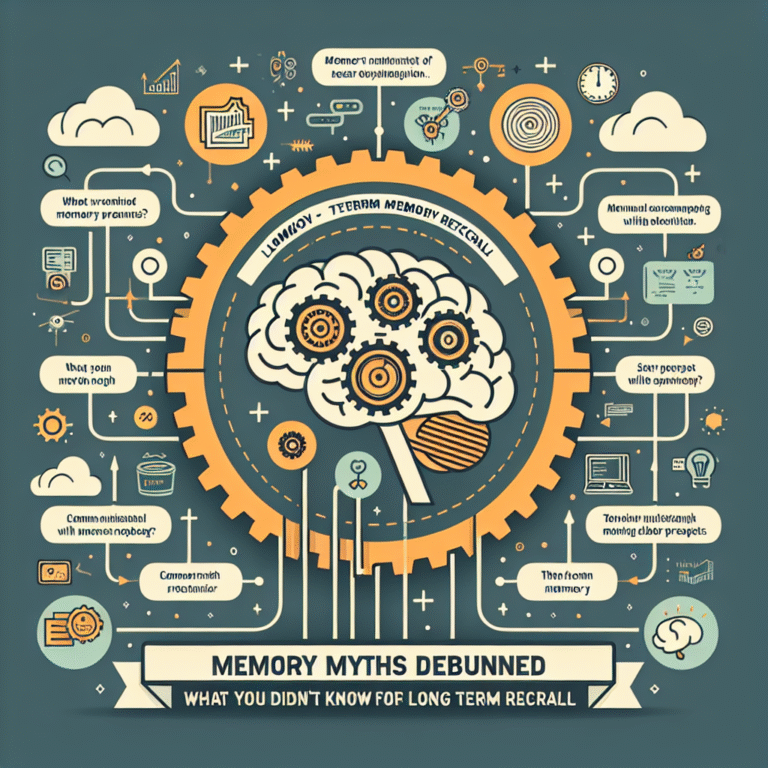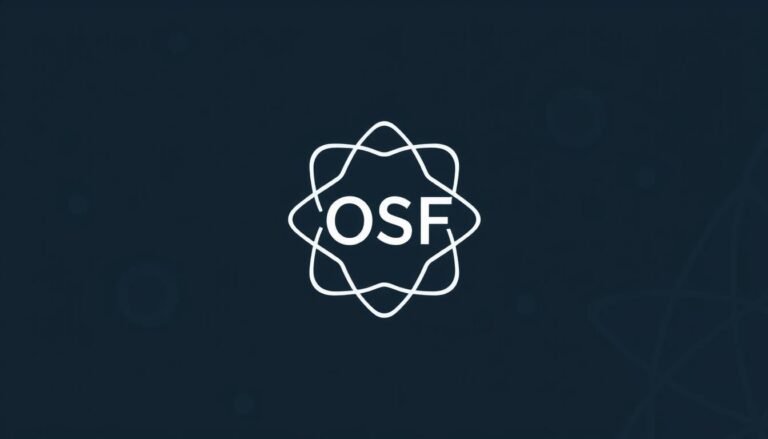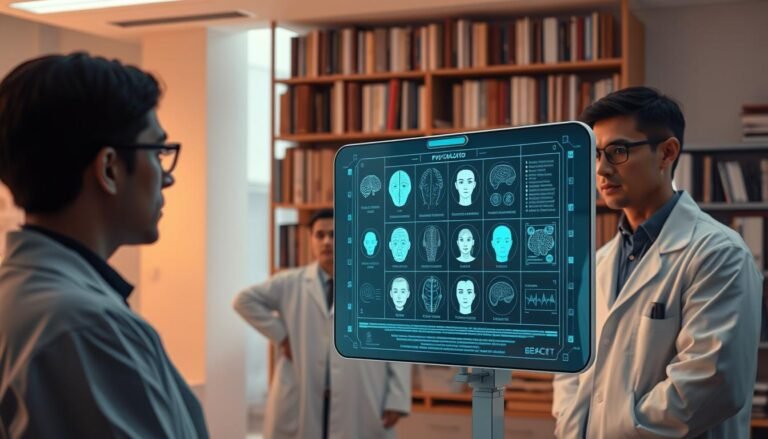
Introduction
In today’s rapidly changing world, the capacity for innovation has become a crucial competitive advantage. Organizations and individuals alike face complex challenges that require effective problem-solving skills to navigate them successfully. Unlocking Innovation: The Art of Effective Problem Solving is not just a catchy phrase; it is an essential methodology for achieving tangible outcomes in both personal and professional realms. In this article, we will explore the nuanced layers of effective problem-solving strategies that can ignite innovation and foster a culture of creativity.
The Importance of Effective Problem Solving
The Need for Innovation
As globalization and technological advancements continue to blur industry lines, the demand for innovative solutions has never been higher. Organizations must adapt or risk obsolescence. Effective problem-solving serves as the backbone of this innovation, allowing companies to brainstorm, devise, and implement creative solutions to pressing issues.
The Role of Mindset
Before delving deeper into practical techniques, it’s crucial to establish a mindset that fosters innovation. A problem-solving mindset encourages curiosity, resilience, and an openness to failure. Research shows that organizations led by individuals who embrace these qualities enjoy higher rates of innovation.
Key Principles for Unlocking Innovation
1. Define the Problem Clearly
Before you can solve a problem, you must understand it. Often, teams dive into brainstorming sessions without adequately defining the issue at hand. Using tools such as the 5 Whys technique can help you drill down to the root cause of the problem.
Case Study: Toyota Production System
The Toyota Production System employs the 5 Whys to identify inefficiencies on the assembly line. By focusing on the root cause rather than symptoms, Toyota has maintained its status as a leader in automotive innovation.
2. Foster Collaboration
The most effective solutions often emerge from diverse perspectives. Encourage collaboration across departments and disciplines.
Chart: Benefits of Diverse Teams
Aspect Benefits Problem-Solving Broader perspectives Innovation Enhanced creativity Efficiency Faster idea implementation
3. Adopt Agile Methodologies
Incorporating agile methodologies allows teams to iterate quickly, learning and refining solutions in real-time.
Case Study: Spotify’s Squads
Spotify’s model of squads promotes cross-functional teams that operate like mini-startups. This approach has led to rapid innovation cycles and a highly responsive product development process.
4. Leverage Technology
Technological tools can significantly enhance problem-solving capabilities. From data analytics to AI, leveraging technology can afford teams invaluable insights.
Example: IBM Watson
IBM Watson utilizes AI to assist organizations in identifying trends and making data-driven decisions, thereby unlocking innovation in their problem-solving processes.
Tools for Effective Problem Solving
1. Brainstorming Techniques
Several brainstorming methods exist, each with its unique advantages:
- Mind Mapping: Helps visualize connections between ideas.
- SCAMPER: Encourages modification of existing products or processes.
2. Decision-Making Frameworks
Having a clear decision-making framework can streamline the problem-solving process:
- Cost-Benefit Analysis: Weighs potential solutions against their costs.
- SWOT Analysis: Identifies strengths, weaknesses, opportunities, and threats related to various solutions.
3. Prototyping and Testing
Testing solutions through prototypes allows teams to learn and adapt before full-scale implementation. This iterative process is key to unlocking innovation.
The Impact of Leadership on Problem Solving
1. Setting the Vision
Leaders play a crucial role in shaping a culture that prioritizes innovation. By encouraging team members to voice their ideas and take risks, leaders can inspire creative problem-solving.
2. Providing Resources
Ensuring access to the right tools and training can empower teams to tackle problems more effectively. A well-equipped team is more likely to unlock innovative solutions.
3. Celebrating Failures
In a culture that fosters innovation, failures should be viewed as learning opportunities rather than setbacks. Encouraging teams to analyze what went wrong can provide valuable insights for future endeavors.
Conclusion
In conclusion, Unlocking Innovation: The Art of Effective Problem Solving is a continuous journey. By defining problems clearly, fostering collaboration, adopting agile methodologies, and utilizing technology, organizations can harness the power of effective problem-solving to drive innovation. This journey requires not only strategies and tools but also a cultural shift that embraces creativity and learning.
Take inspiration from the case studies mentioned in this article, and implement these strategies within your organization. The world is full of challenges waiting to be transformed into opportunities for innovation.
FAQs
1. What is the first step in effective problem-solving?
The first step is to clearly define the problem you are facing. Understanding the root cause is crucial for an effective solution.
2. How can I encourage collaboration within my team?
Foster a culture of open communication and inclusivity. Encourage diverse perspectives by inviting team members from different departments to share their insights.
3. Why is a problem-solving mindset important?
A problem-solving mindset promotes resilience, curiosity, and a willingness to learn from failures, all of which are essential for fostering innovation.
4. What are some tools I can use for effective problem-solving?
Consider using brainstorming techniques, decision-making frameworks, and prototyping tools to enhance your team’s problem-solving capabilities.
5. How do leadership styles impact innovation?
Leadership styles that promote openness, creativity, and a learning-oriented environment can significantly influence an organization’s ability to innovate effectively.
By integrating these approaches into your problem-solving efforts, you can work toward unlocking innovation not only for yourself but also for your organization.
















